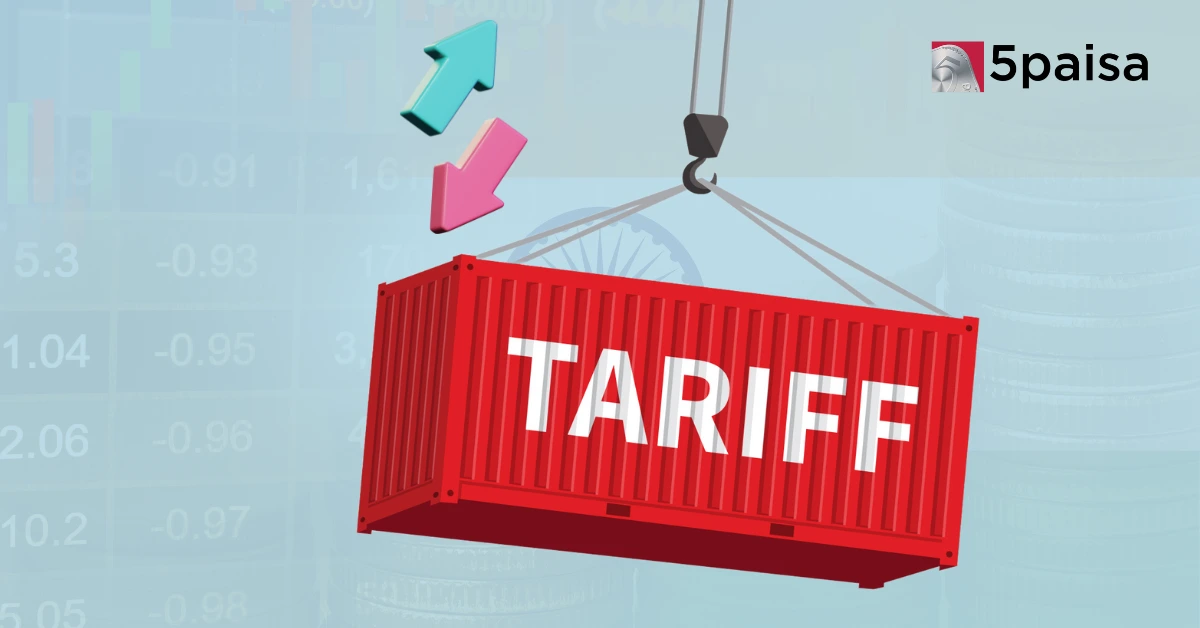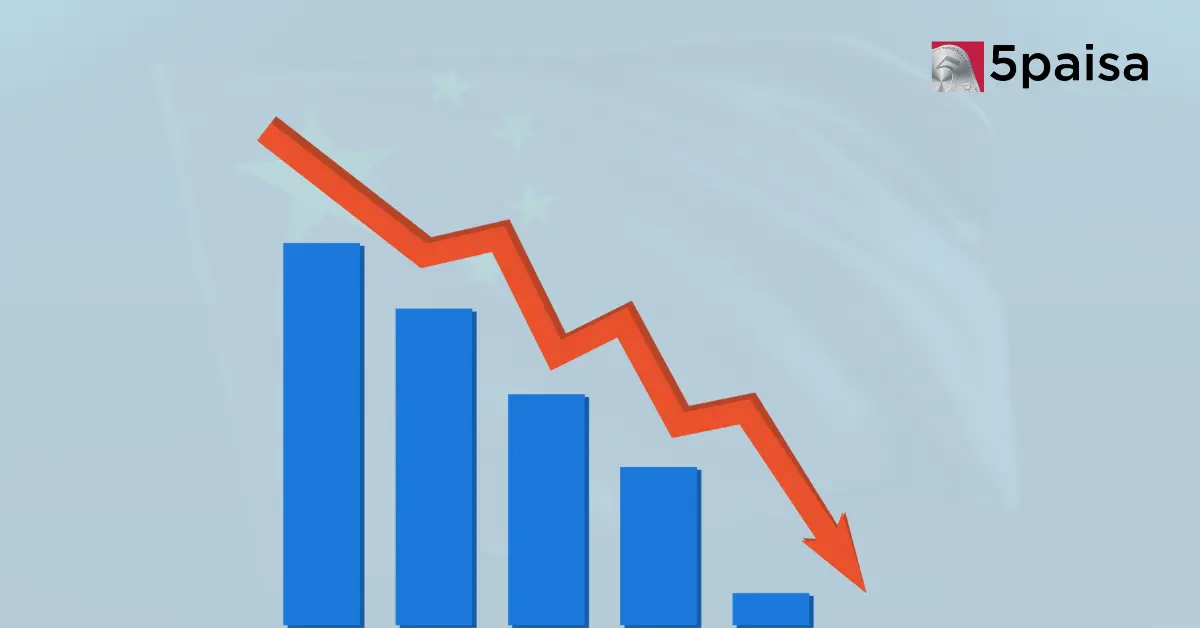China Calls for Dialogue to Settle Trade Disputes with US, Report Says; US Futures Rebound Strongly
Crude oil jumps 4% as OPEC imposes supply curbs

On Monday, 05th September, the price of Brent Crude spiked by 4%, although it has sobered down on Tuesday. Crude prices jumped on the back of expectations of a minor tilt in favour of the producers after the OPEC announced a cut in production. In fact, Brent did touch as high as $96.55/bbl, although it did sober later. Even the US West Texas Intermediate or the WTI crude was up $3.08 at $89.98/bbl. The US markets were closed on Monday due to Labour Day. However, the trigger was the supply cut by OPEC.
The Organization of the Petroleum Exporting Countries (OPEC) and its non-member allies, better known as the OPEC+, have agreed to reduce output for October 2022 by 100,000 barrels per day (bpd). This is not too significant as it amounts to just about 0.1% of the global demand. However, what actually led to the price hike was that the OPEC also committed that if the situation warranted they may go for another interim supply cut even ahead of the October 2022 meet of the OPEC. That is what triggered the oil price spike.
The first signals of a supply cut had come from the largest OPEC producer, Saudi Arabia, which has normally set the tone of the OPEC in the past. Last month, Saudi Arabia had flagged the possibility of output cuts to address a rather exaggerated fall in the oil prices. Oil prices have fallen from a peak of $140/bbl to $92/bbl as recession fears have been mounting on the back of persistent hawkish stance of the US Federal Reserve. However, Russia (which is part of OPEC Plus) did not support the supply cuts due to the sanctions.
However, many oil market analysts have already pointed out that the OPEC Plus is already producing well below its output target and there is little chance of this situation changing. Currently, two of the key OPEC members viz. Angola and Nigeria are struggling to return to pre-pandemic levels of production. Till that happens, the OPEC output is likely to be in deficit. Today, the biggest concern for oil markets is that aggressive interest rate hikes and COVID-19 curbs in parts of China could slow global economic growth and dent oil demand.
One risk to the entire supply cuts would be the ongoing talks to revive the 2015 nuclear deal with Iran. The West has been look at Iran potentially providing a supply boost. Iran has been a key player in the oil market. However, Iran is also playing hard ball and had recently called for closure of investigations by the UN nuclear watchdog as a quid pro quo. However, Washington has rejected that proposal of Iran. One argument is that use of oil in power generation may pick up if Russia continues to restrict gas supplies to the European region.
Ironically, the International Energy Agency (the Western counterpart of the OPEC) has raised its oil demand forecast for the year. This is largely because it expects gas-to-oil switching in many European countries due to record natural gas and electricity prices. It looks like Russia is going to impact the energy markets in more ways than one.
- Flat ₹20 Brokerage
- Next-gen Trading
- Advance Charting
- Actionable Ideas
Trending on 5paisa
03
 5paisa Research Team
5paisa Research Team
Global Market Related Articles
Disclaimer: Investment in securities market are subject to market risks, read all the related documents carefully before investing. For detailed disclaimer please Click here.





